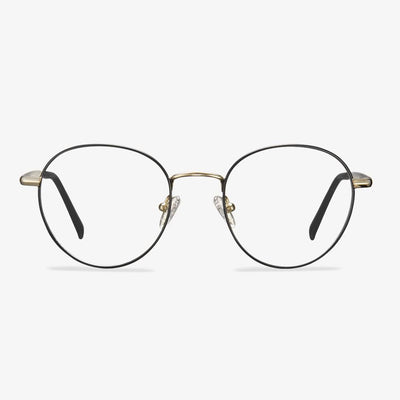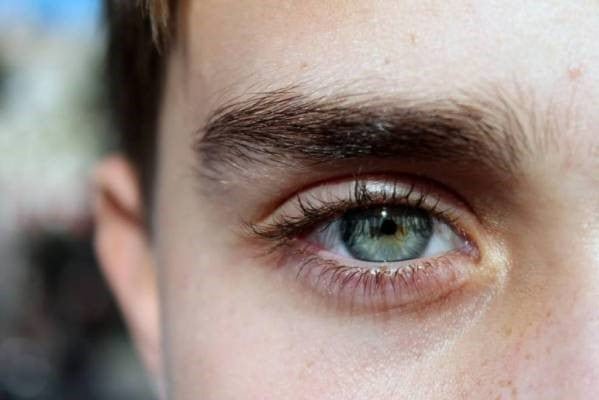How to protect your contact lenses?
When wearing contact lenses, do not drop any eye drops, and only use a special moistening solution for contact lenses. In daily life, we recommend that dry eyes can be relieved with lubricating fluid, but we do not advocate frequent use of lubricating fluid, so as not to make the eyes become dependent on lubricating fluid. The right way is to do blink training. The ingredients contained in the eye drops will remain in the lenses, which will cause certain damage to the eyes and pollute the lenses. Some eye drops can make the lenses tinted after use, which will affect the transmittance and a refractive number of the lenses and make the vision blurred. Ladies who need to make up should wear contact lenses before making up. When removing makeup, remove contact lenses before removing makeup, to avoid the makeup sticking to the lens and damaging the lens and eyes. Lenses should not be lent to others to avoid cross-infection of eye diseases. You can't wear contact lenses while swimming or bathing.
The frame materials
You should choose the driver's glasses with alloy materials. The glasses made of this material are light and strong, so your ears won't be uncomfortable when you wear them for a long time.
Does it matter if the frames are broken?
If the frame is broken, there may be inconsistencies between the left and right temples. This will cause the lens optical center shift, long-term wearing will make teenagers feel dizzy and vomiting. Many people will be attributed to the high degrees of this situation. The position of the nose pads is not consistent: this kind of lens deviation from the left to the right causes the prism effect, which makes the wearer can not see clearly, blurred. When the temple is too loose or too tight, it will affect the comfort of wearing the glasses, and the excessive pressure on the temple will cause pain in the head.
How To Choose Better Night Driving Glasses?
You should select light alloy material and polymer material with memory, collision resistance, and low friction coefficient characteristics. It can effectively prevent the damage to the eyes and face caused by the friction of the broken lens frame during use. Because of its specific molecular structure, the chemical resistance is good. In the high-temperature environment. it is not easy to deform and can withstand 350 degrees in a short time of high temperature, not easy to melt and combustion. The glasses made of this material are light and strong, and the ears will not be uncomfortable because of wearing the glasses for a long time.
Consider the elements of frame comfort.
What we need to know is that the frame exists first as a positioning device for the lens, and secondly as a beauty. The pupil is consistent with the optical center of the lens, so it should not be too high or too low. The horizontal direction is not skewed, and there is no one high and one low phenomenon. Bilateral symmetry is a standard for manufacturing enterprises. Non-mechanical symmetry is for the wearer. The frame should be adjusted according to the size of the wearer's face. The frame is not easy to slide down, and frequent slide is prone to the phenomenon that the pupil is too high and low to match the face.
How to Get Used to Progressive Lenses?
In this section, we will show you how to get used to progressive lenses.
- Always wear them. If you try and ease your way in by changing them with your previous glasses, it will take a longer time to adjust.
- You need to find and use new areas in your lenses instead of using whatever space is most convenient.
- Make sure you have a comfortable frame that is adjusted for your face.
- Make sure that the optician fits the lens in the right way with the right equipment.
So, if you have difficulty getting used to the progressive lenses, try the above ways.
What material is the lens coating used?
The anti-reflection film material of glass lenses is usually magnesium fluoride. Because the coating process of magnesium fluoride must be carried out at more than 200℃, otherwise it cannot be attached to the surface of the lens. The resin sheet is not used. Since the 1990s, with the development of vacuum coating technology, the combined effect of film and lens has been improved. At the same time, high purity metal oxide materials like titanium oxide and zirconia can be deposited on the surface of the resin sheet through the evaporation process to achieve a good anti-reflection effect.











































